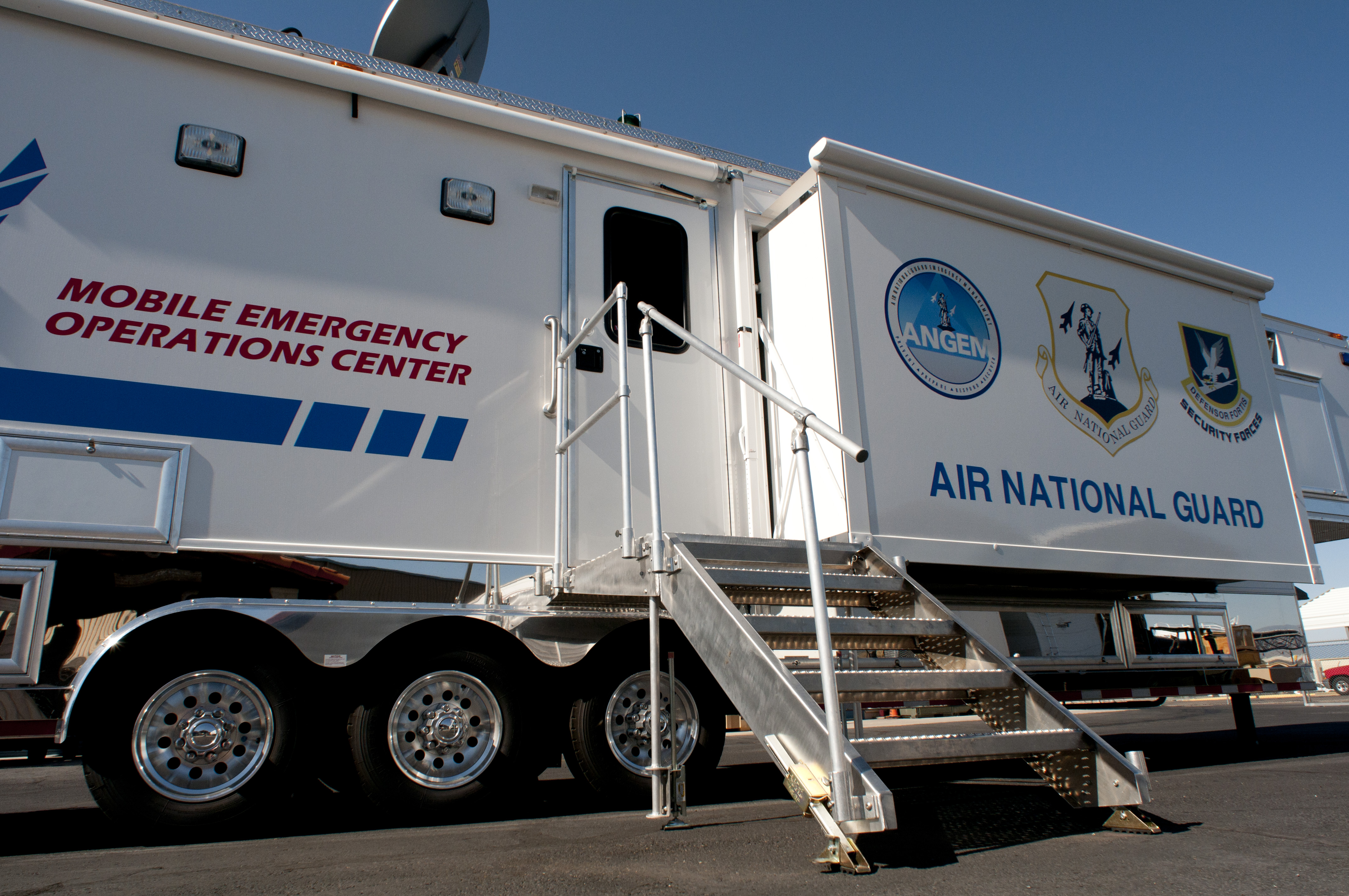Which of the following is an EOC function?
A. All of the above
B. Collecting, analyzing, and sharing information
C. Coordinating plans and determining resource needs
D. Providing coordination and policy direction
The Correct answer to the question above is A: All of the above
(Coordinating plans and determining resource needs-Collecting analyzing and sharing information-Providing coordination and policy direction)
An emergency operations center (EOC) is a central command and control facility responsible for carrying out the principles of emergency preparedness and emergency management, or disaster management functions at a strategic level during an emergency, and ensuring the continuity of operation of a company, political subdivision or other organization.
An EOC is responsible for the strategic direction and operational decisions and does not normally directly control field assets, instead leaving tactical decisions to lower commands. The common functions of EOCs is to collect, gather and analyze data; make decisions that protect life and property, maintain continuity of the organization, within the scope of applicable laws; and disseminate those decisions to all concerned agencies and individuals.
A public health emergency operations centre (EOC) refers to a physical location or virtual space in which designated public health emergency management personnel assemble to coordinate operational information and resources for strategic management of public health events and emergencies.
The International Health Regulations (IHR 2005) request that States Parties develop, strengthen and maintain their capacity to respond promptly and effectively to public health risks and public health emergencies of international concern. To achieve the mandates of IHR (2005) and to address emergencies that have health consequences (which may be caused by any or all hazards), many Member States are establishing or improving their EOCs to strengthen communications and coordination for effective public health response.
How Emergency Operations Center Works
Emergency personnel is trained in Incident Command and their roles and responsibilities. The EOC utilizes ICS as the command-and-control structure. Within this structure, the EOC is organized into five sections to manage operations. These EOC sections include:
Management: Under the guidance of the EOC coordinator, this section has overall responsibility for the management and direction of all EOC activities including development, implementation, and review of strategic decisions. Management directly coordinates with the EPG and ensures its strategic direction is implemented in EOC operations.
Operations: This section represents on-scene emergency responders and provides coordination between the EOC and field operations, including the ICP.
Planning and Intelligence: This section is responsible for receiving, evaluating, and analyzing all disaster information and providing updated status reports to EOC management and field operations. The planning and intelligence section is also responsible for damage assessment and developing specialized technical assessments of events.
Logistics: Logistics is responsible for procuring supplies, personnel, and material support necessary to conduct emergency responses (e.g. personnel call-out, equipment acquisition, lodging, transportation, food, etc.).
Finance and Administration Section: The section handles cost accountability, purchase authorizations, documentation, and risk assessment.
In order to manage the roles and responsibilities of each section, each EOC Section comprises specific functions called units and branches and is overseen by EOC section chiefs, who report directly to the EOC coordinator or the campus emergency director. Depending on the scope of an incident, some or all functions of a section may be activated.
The EOC Team
The EOC Team members are personnel who staff the EOC during emergency response operations. The makeup of the EOC Team may depend on the specific incident. In some cases, the EOC Team will be pre-identified, while in other cases, potential EOC Team members will be requested to serve in the EOC.
Multiple staff members may be identified to fill the same position so EOC Team members can rotate during prolonged incidents.






